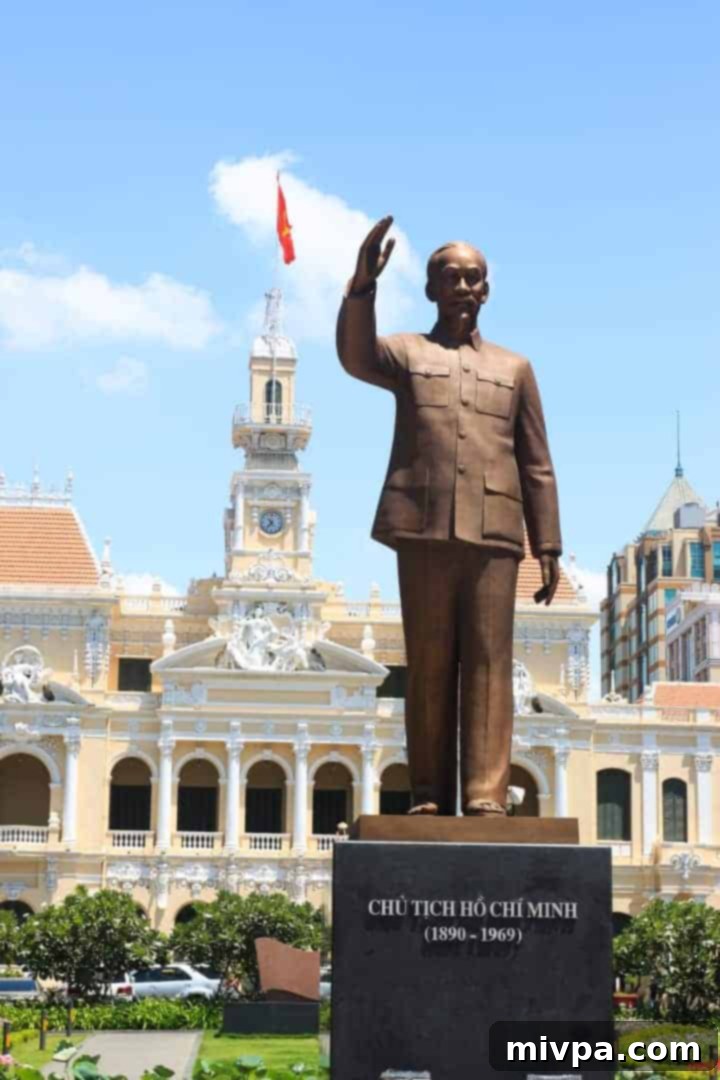Ho Chi Minh City: A Journey Through Vietnam’s Enduring Spirit and Vibrant Layers
I look up, squinting through the relentless, sun-drenched sky, where a vivid yellow star proudly unfurls against a field of deep red. This national flag, a powerful symbol of Vietnam’s rich and often turbulent history, flaps rhythmically, its silhouette etched against the clear, blue summer sky. It’s a striking image that instantly grounds me in this captivating nation, a country shaped like an ‘S’ on the map, stretching vertically along the coastline. Vietnam, a socialist republic, carries the weight of a recent past marked by decades of relentless power struggles, periods of profound poverty, and the enduring scars of conflict. It is a land that is at once mesmerizingly beautiful, challenging to comprehend, and utterly unforgettable.
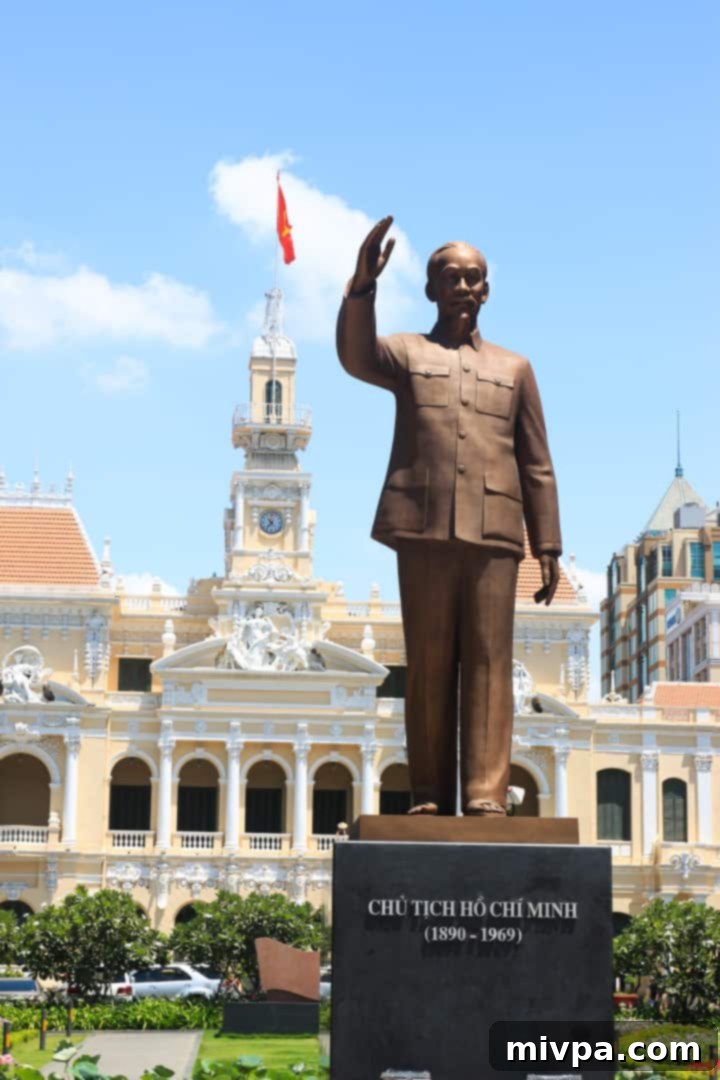
Our specific destination is Ho Chi Minh City, a bustling metropolis still fondly referred to by many as Saigon – its historical name prior to the unification of North and South Vietnam in the mid-1970s. Before this trip, my knowledge of Vietnam was admittedly limited. I knew of its vast, verdant paddy fields producing an abundance of rice, and its legendary thick, potent coffee. However, during this concentrated five-day visit to this vibrant southern city with my parents, I found myself unexpectedly immersed in an intense, condensed lesson about its complex history, its resilient people, and its evolving culture. It was an education far richer than any textbook could provide, unfolding with every street we crossed and every story we encountered.

It was late April when we touched down, right in the heart of Vietnam’s dry season, which typically spans from January to September. The moment we stepped out of the air-conditioned airport, we were enveloped by a wave of intense heat. Temperatures soared, rain was a distant memory, and the humidity clung to us like a heavy, inescapable blanket. If asked to pinpoint the most defining memory of our time in Ho Chi Minh City, it would undoubtedly be the pervasive heat – a relentless force that beat down on our backs and struck our faces, seeking out any patch of skin left uncovered by shade. Accompanying this was the constant sensation of perspiration, a persistent dampness that only dissipated the moment we found refuge in an air-conditioned room. The heat was an ever-present companion, making us quickly understand the wisdom behind the locals’ traditional conical hats and their preference for lightweight, breathable fabrics.
Indeed, despite the stifling conditions, a remarkable observation was how most locals navigated their daily lives. They were often clad in long-sleeved tops and long pants, many even sporting face masks. This attire, far from being a fashion statement, served as essential protection – a shield against the harsh tropical sun’s UV rays and the pervasive city smog. It highlighted their practical adaptation to the challenging climate and urban environment, a testament to their resilience and resourcefulness in making the city their own.
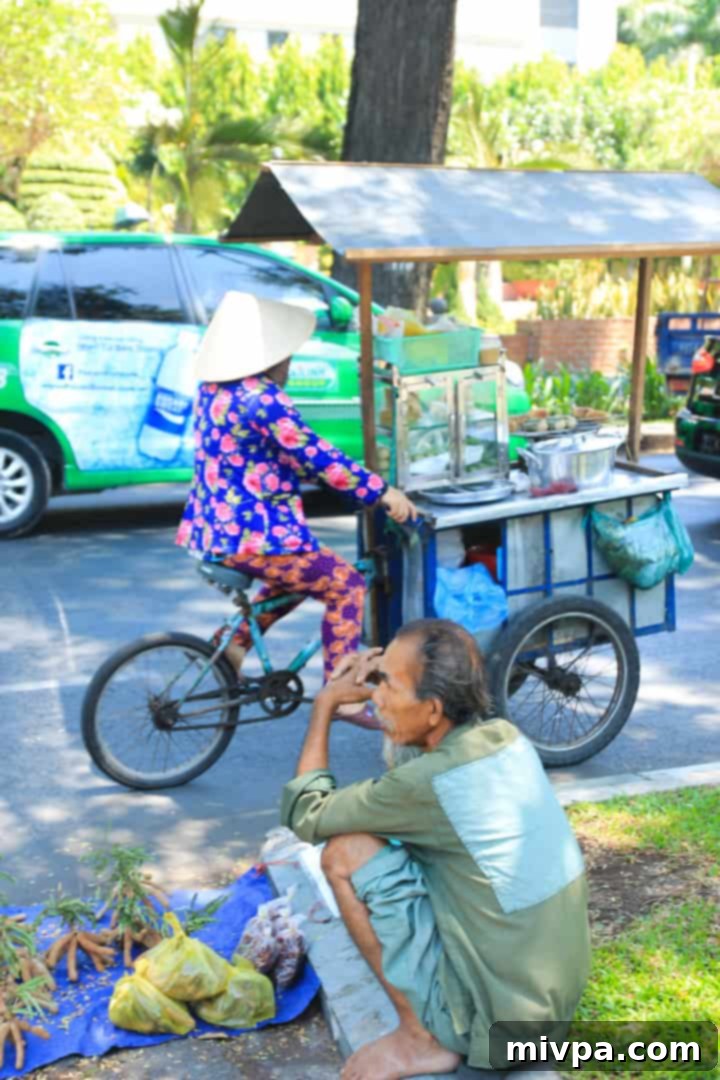
As we ventured through the vibrant streets of Ho Chi Minh City, I was utterly mesmerized by the sheer volume of motorbikes and scooters. They flowed in endless, pulsating streams, a ceaseless symphony of engines and horns that seemed to converge from every conceivable direction. Navigating this urban river required a unique strategy: one must look everywhere before attempting to cross, moving neither too quickly nor too slowly. The key is to maintain a steady, predictable pace, allowing the torrent of riders time to anticipate your movement and expertly weave around you. It’s a dance of mutual acknowledgment and subtle negotiation. Within just two days, my parents and I began to internalize this unspoken rhythm of Saigon’s jam-packed roads, but still, at every crossing, we instinctively held onto each other. There was an undeniable comfort and strength in numbers as we faced the exhilarating, yet sometimes daunting, flow of traffic.
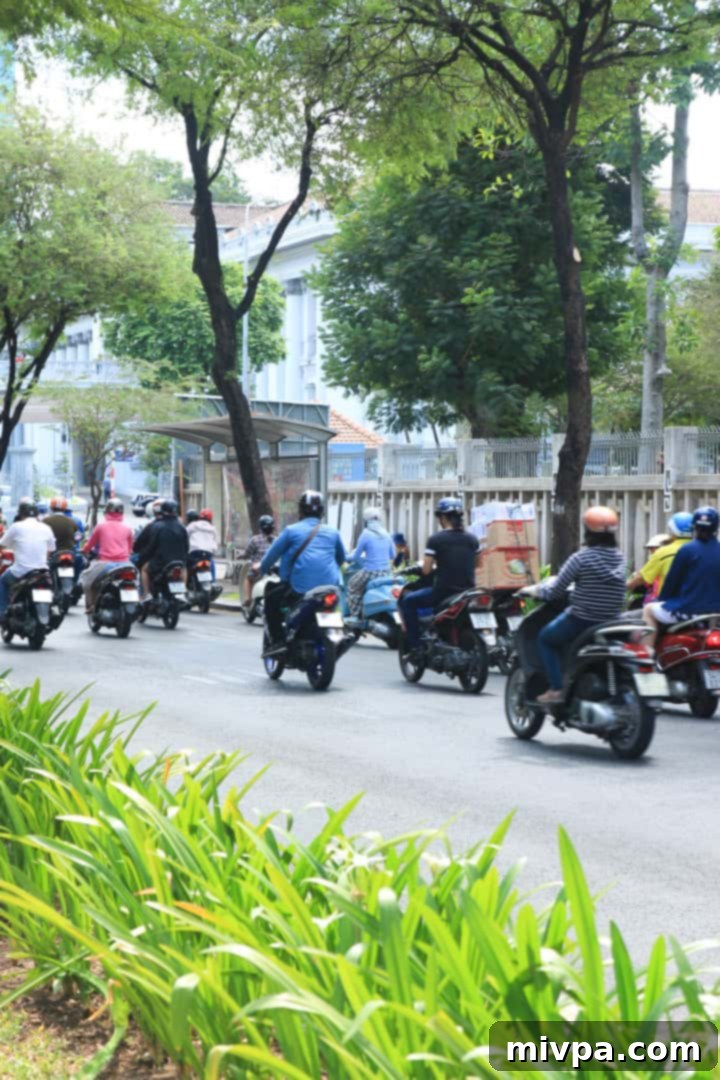
A crucial part of our historical immersion was a tour to the legendary Cu Chi tunnels. On the bus ride there, our guide, affectionately known as Frank the Tank, entertained us with a series of deadpan jokes, his poker face unwavering. Yet, his lighthearted demeanor shifted as he delved into the history of the Vietnam War, specifically focusing on the involvement of the USA. His narrative left a profound impression, suggesting that the local Vietnamese population continues to grapple with the lingering effects of the war, and that a certain sentiment of displeasure towards North Americans persists. We experienced a mere 40 meters of the intricate tunnel network that allowed the Northern guerrillas to outmaneuver and ultimately triumph over the Americans. As the afternoon heat bore down and the physical demands of trekking took their toll, my only desire was for an ice-cold glass of water and the cool sanctuary of an air-conditioned room. In that moment, I acutely recognized my own identity as a ‘first-world citizen,’ accustomed to comforts and ill-equipped to withstand the harsh, impoverished conditions of wartime. I felt an immense gratitude for never having to endure such a conflict, and a deep, unsettling wonder about my own capacity to survive an experience so traumatic. The thought was fleeting, yet powerful; I doubted I could.
On our return journey, we visited a lacquerware factory, an enterprise managed by the military and employing veterans who had been maimed during the Vietnam War. We were guided meticulously through the entire lacquerware-making process, from the initial stages to the intricate finishing touches. Witnessing the painstaking, often backbreaking, work performed by these employees was sobering. I learned that they were typically afforded only a fifteen-minute lunch break each day before returning to their demanding craft. My heart ached for these individuals, whose personal struggles and quiet dignity spoke volumes, even though they were complete strangers to me. The intricate beauty of the lacquerware stood in stark contrast to the harsh realities faced by those who created it, making each piece a poignant reminder of human resilience and the long shadow of war.
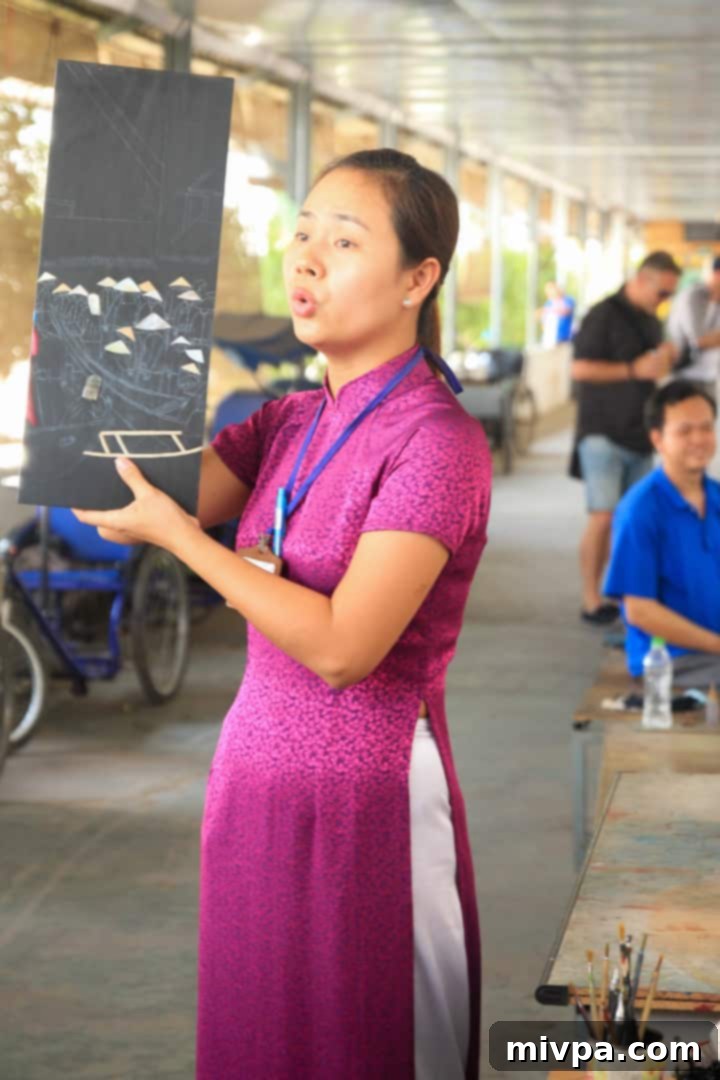
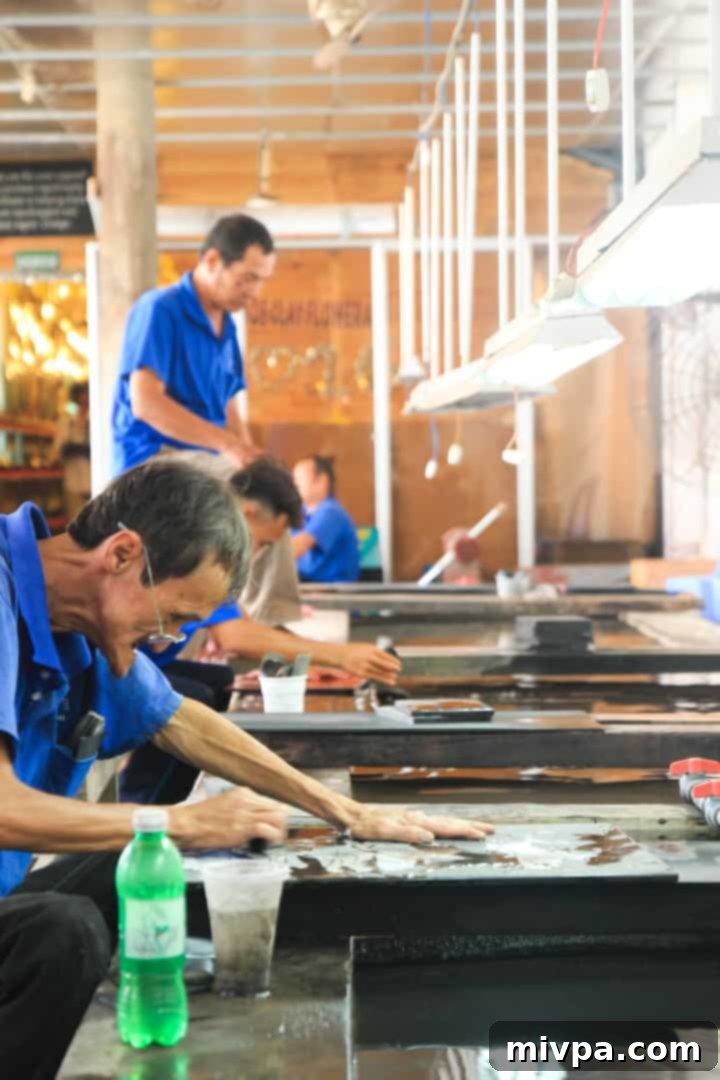
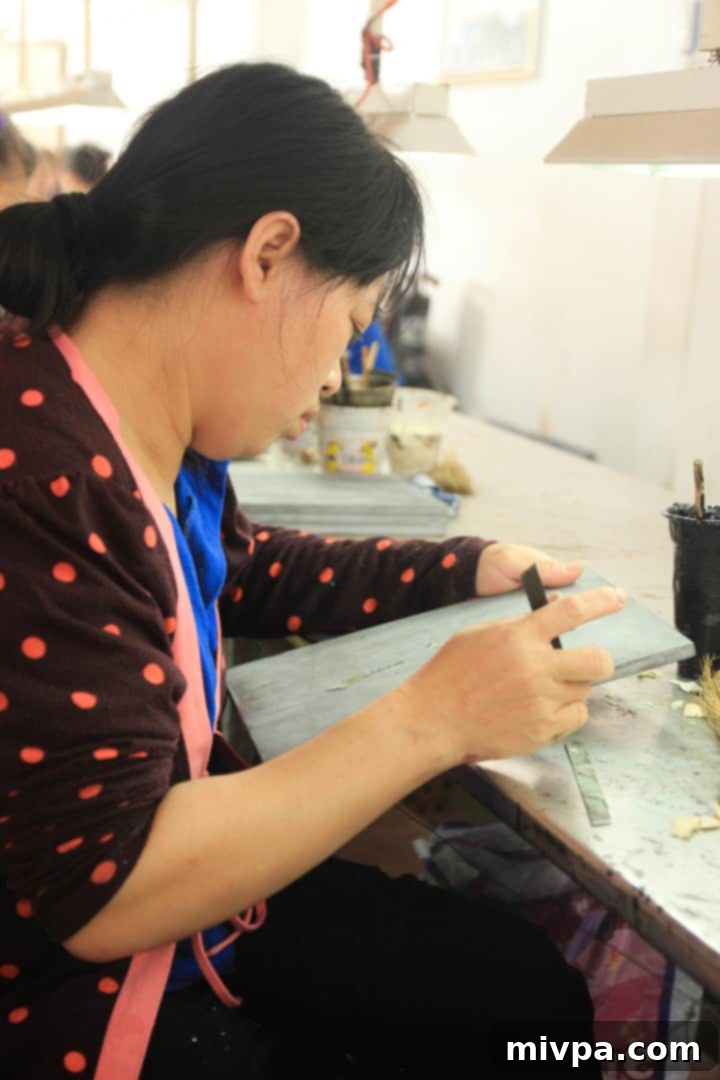
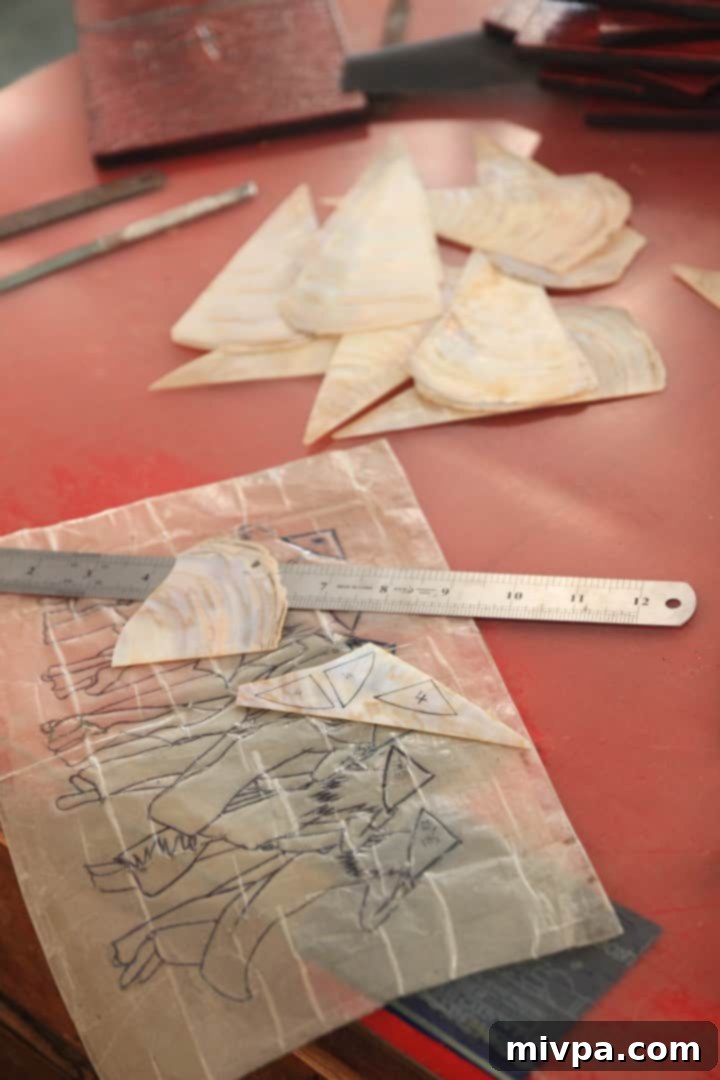
Later that day, we transitioned to the majestic Reunification Palace, also known as Independence Palace. Stepping inside felt like entering an entirely different world, a stark departure from the raw, historical narratives we had just absorbed. The interior was grandiose, exuding an air of peaceful splendor and exquisite beauty. Everything felt new, shiny, and brilliantly maintained, a stark contrast to the more humble and worn textures of the city outside. This magnificent edifice, with its elegant architecture and pristine furnishings, served as a powerful symbol of the country’s past political elite. I was struck by the astonishing divergence between the opulent lives of those in power, as represented by this palace, and the daily struggles faced by the majority of the Vietnamese people we had encountered. It was a visual metaphor for the disparities that exist within society, a testament to how history can be experienced so differently depending on one’s position.
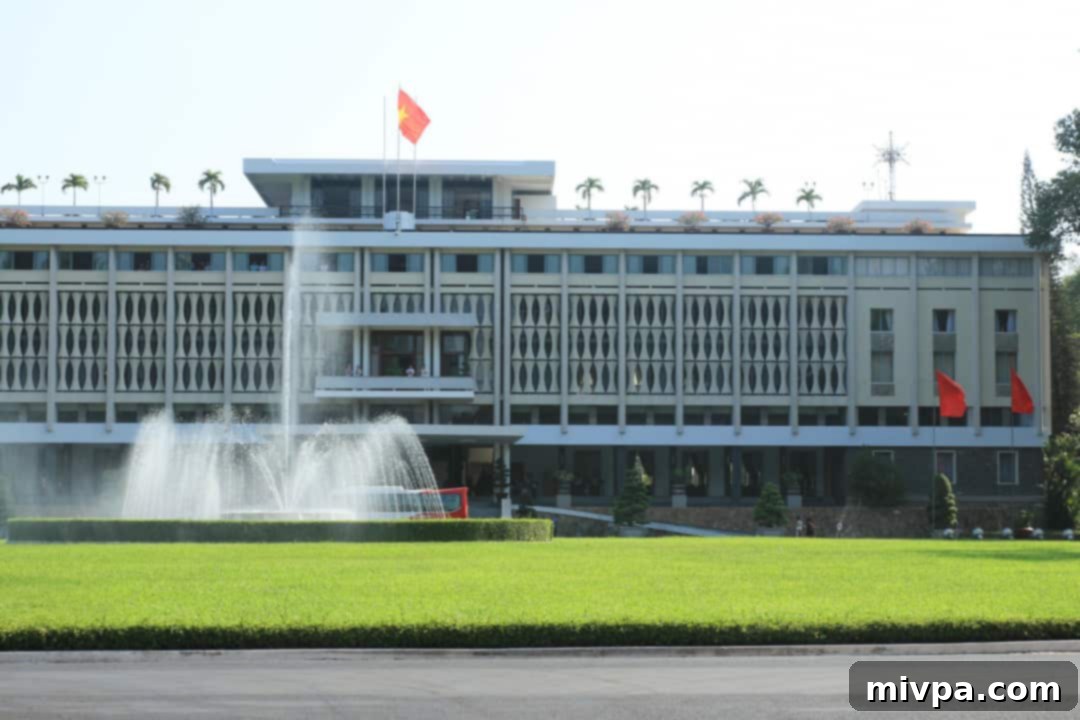

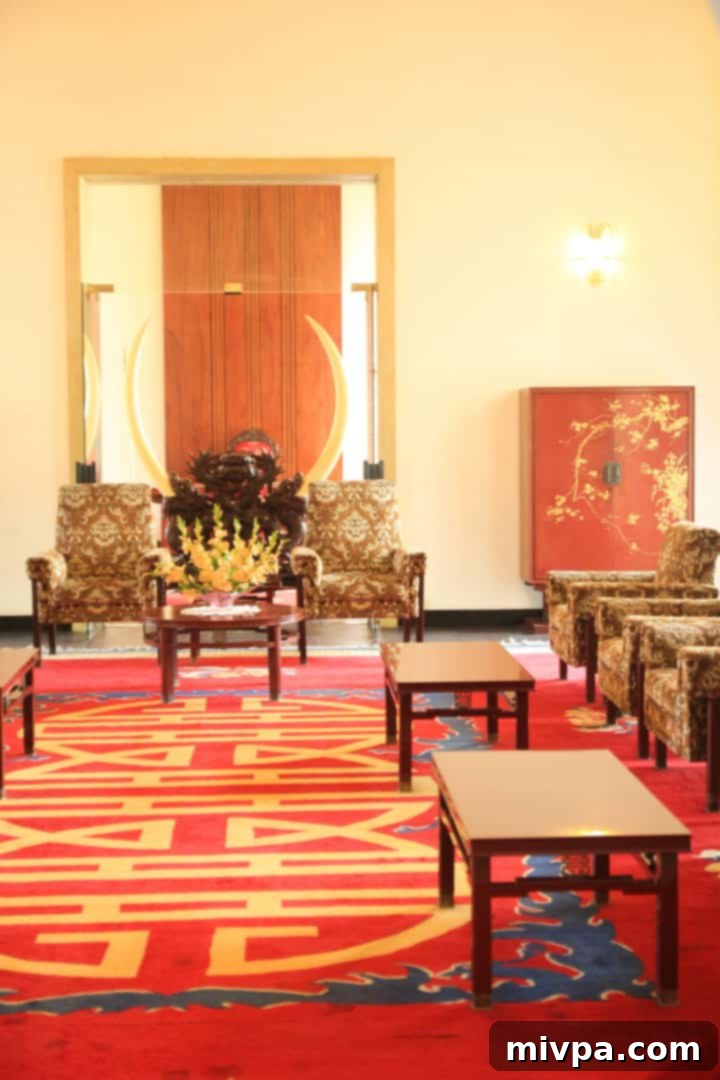

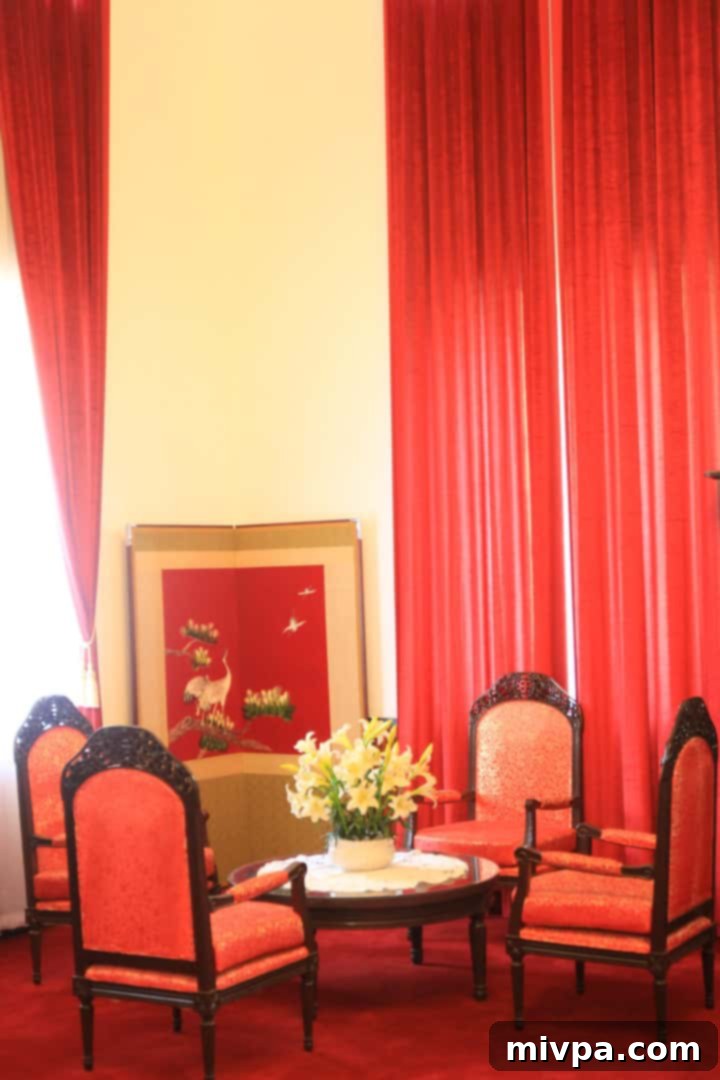
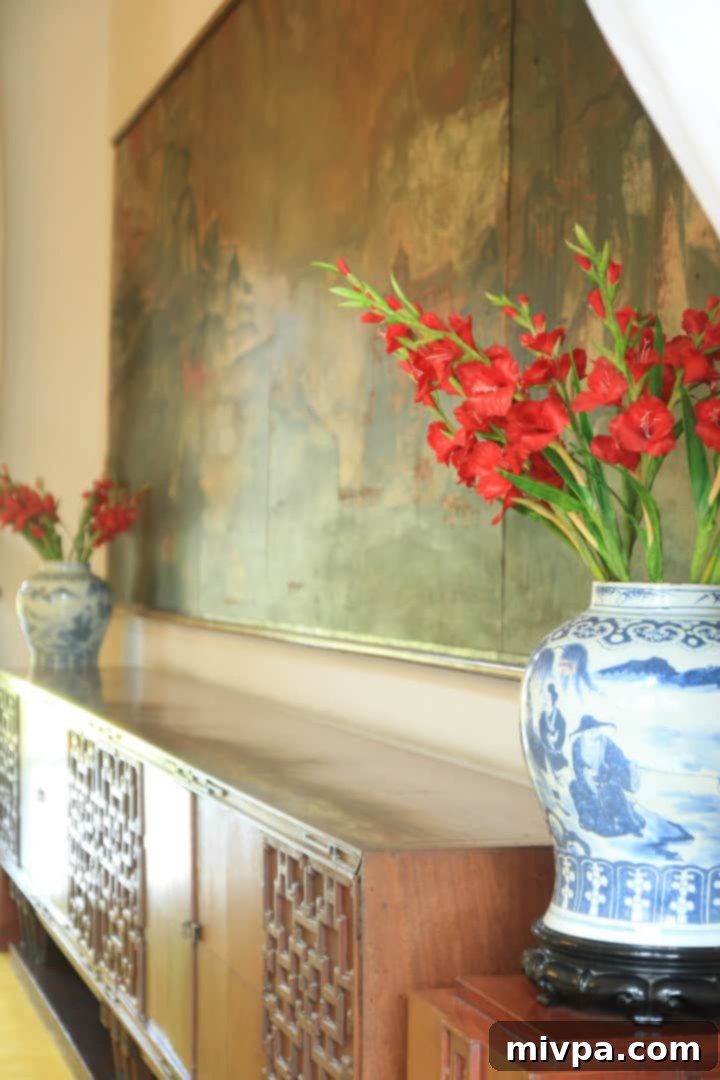
That evening, still pondering the complexities of Vietnam’s past, I purchased the book “The Girl in the Picture” by Denise Chong from a roadside vendor. The book chronicled the harrowing true story of Kim Phuc, the nine-year-old girl tragically burned by napalm during the war, and her extraordinary journey of survival and healing long after the conflict ceased. I found myself utterly immersed in Chong’s powerful narrative, transported back to 1970s Vietnam, where the relentless struggle between the communist North, the South Vietnamese army, and the stationed US soldiers unfolded with brutal clarity. The raw, unflinching descriptions made me cringe, yet I was compelled to read on, appalled by the horrors of war but unable to tear myself away from Kim Phuc’s compelling story. It deepened my understanding of the profound and personal costs of the conflict, transforming abstract historical facts into a visceral, human experience.
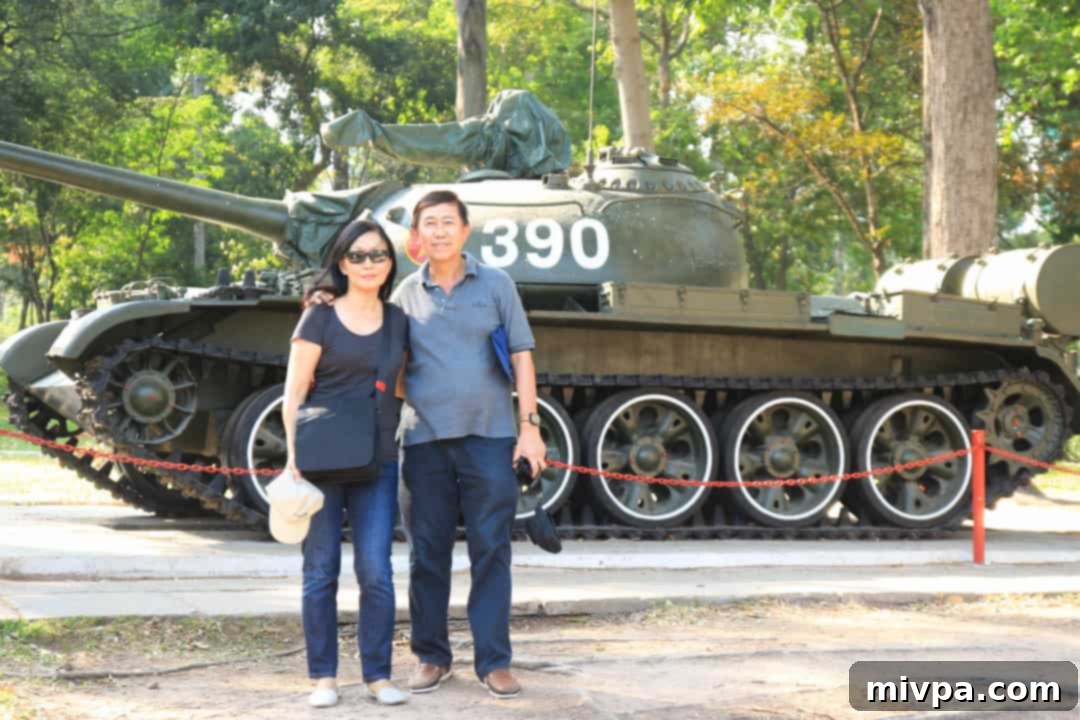
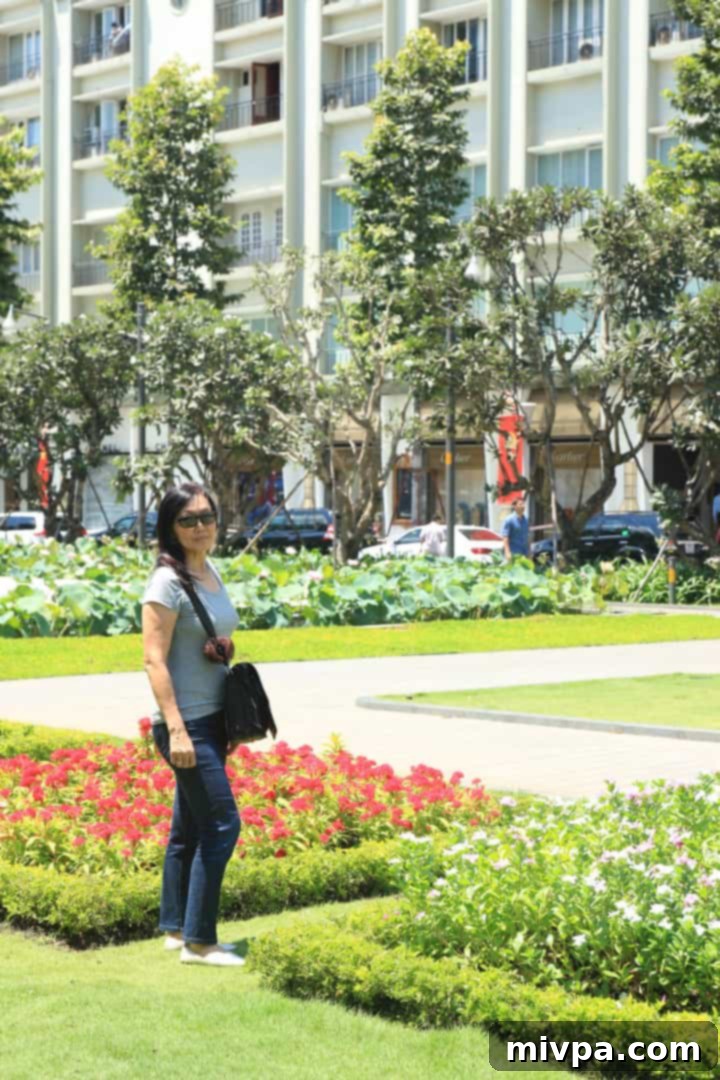
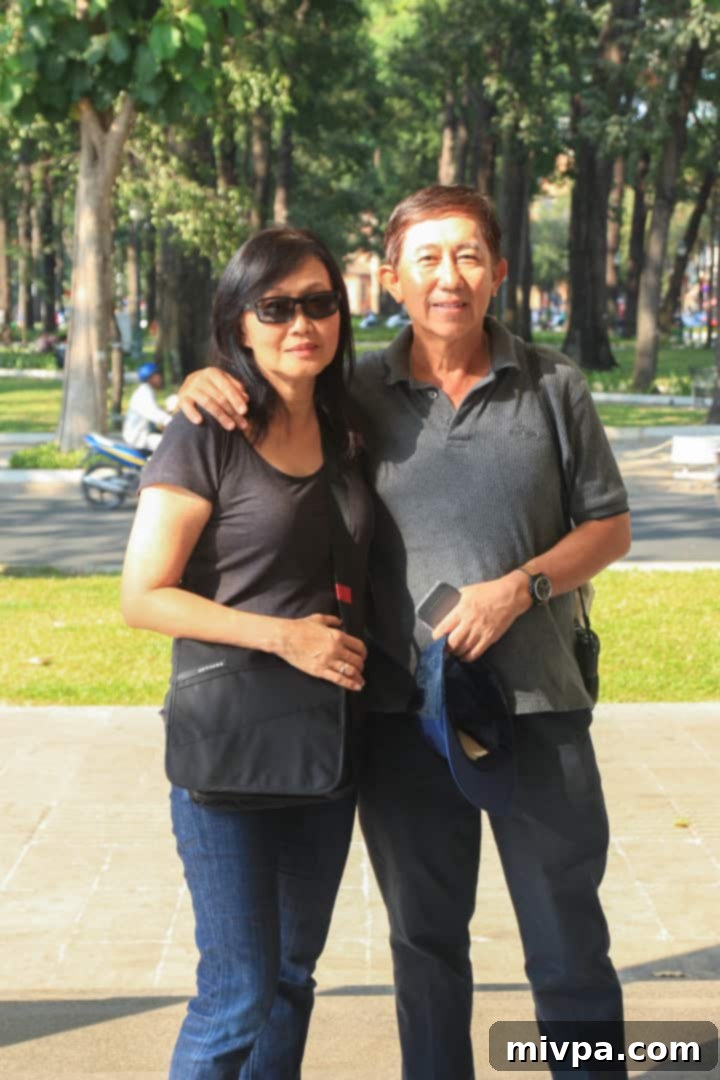

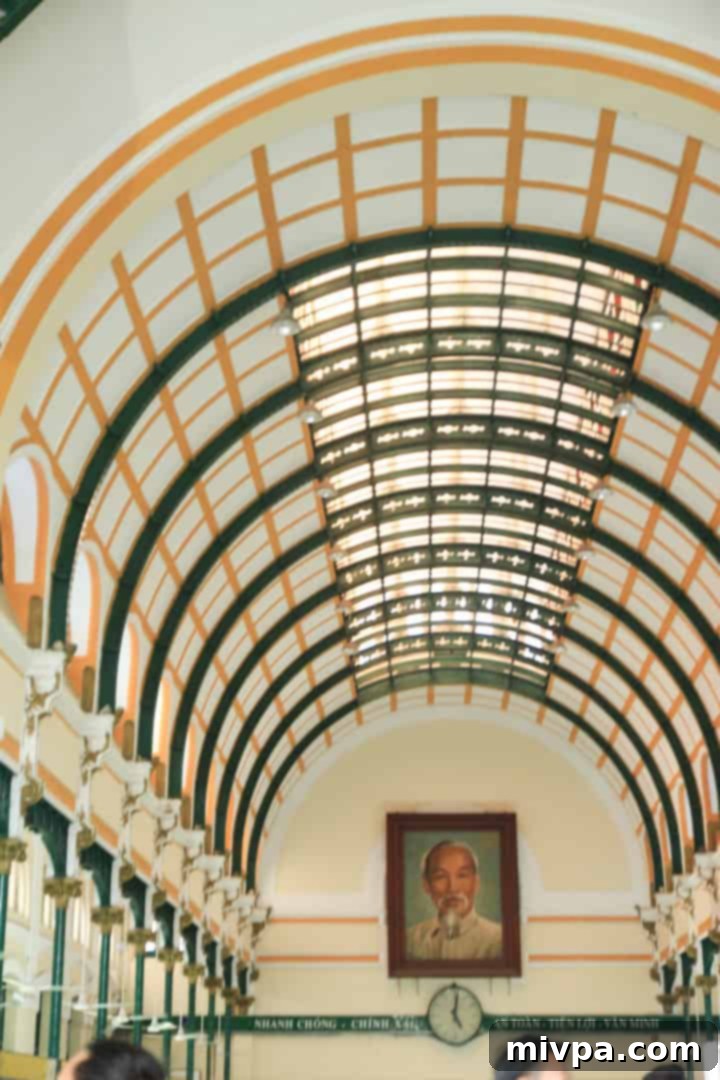
The subsequent days of our trip were dedicated to exploring the city’s bustling wholesale markets. My parents, newly retired, were enthusiastically embarking on an online business venture, and this trip was their initial scouting mission for potential importable goods back to Singapore. At the lively An Dong market, my mother and I found temporary respite on low stools, a fan valiantly blowing hot air across our faces as we sipped from bottles of cold water. Meanwhile, my dad, ever the astute negotiator, engaged in lively haggling. His goal was to secure the best possible price for the lacquered products, a quintessential Vietnamese craft, which we intended to purchase in substantial quantities. The intricate dance of negotiation, punctuated by gestures and calculated pauses, was a fascinating cultural experience in itself.
Once my dad had successfully concluded a deal to his satisfaction, we descended into the market’s basement hawker center. Here, as the sole tourists seeking lunch at 3 PM, we instantly became the focus of a swarm of aggressive hawkers. Each vied for our attention, enthusiastically attempting to lure us to their respective stalls. Unable to understand a single word of their rapid-fire Vietnamese, I momentarily felt trapped, akin to a fish caught in a net, frantically searching for an escape. The intensity of their sales pitches, while overwhelming, also offered a glimpse into the relentless daily grind of earning a livelihood in such a competitive environment.

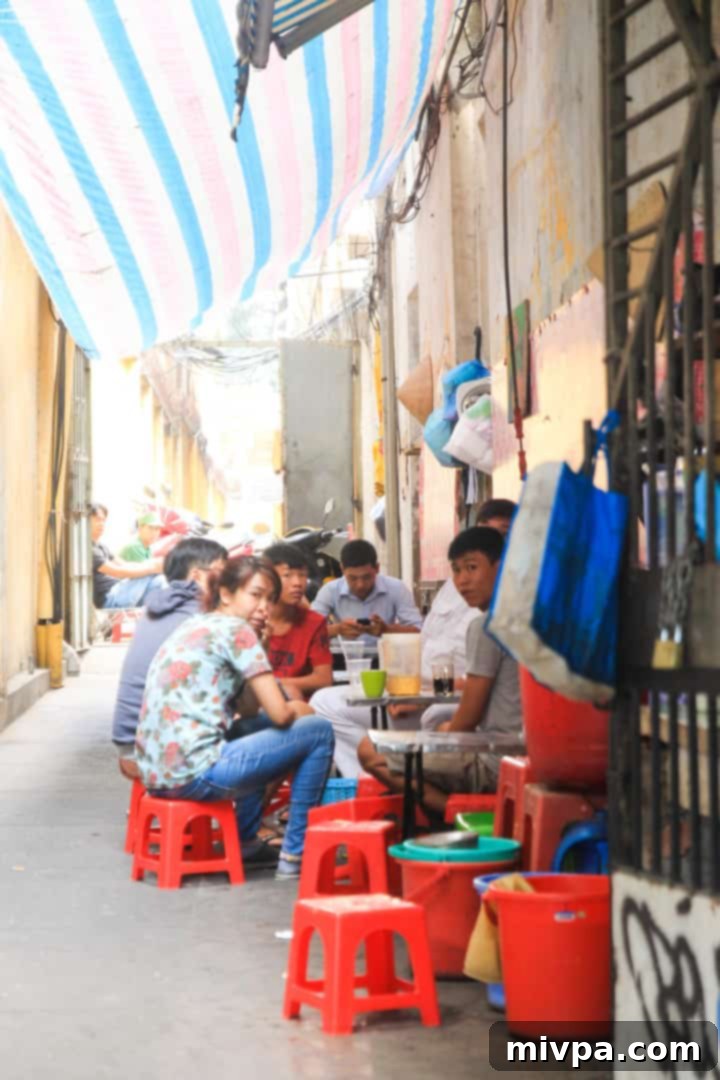
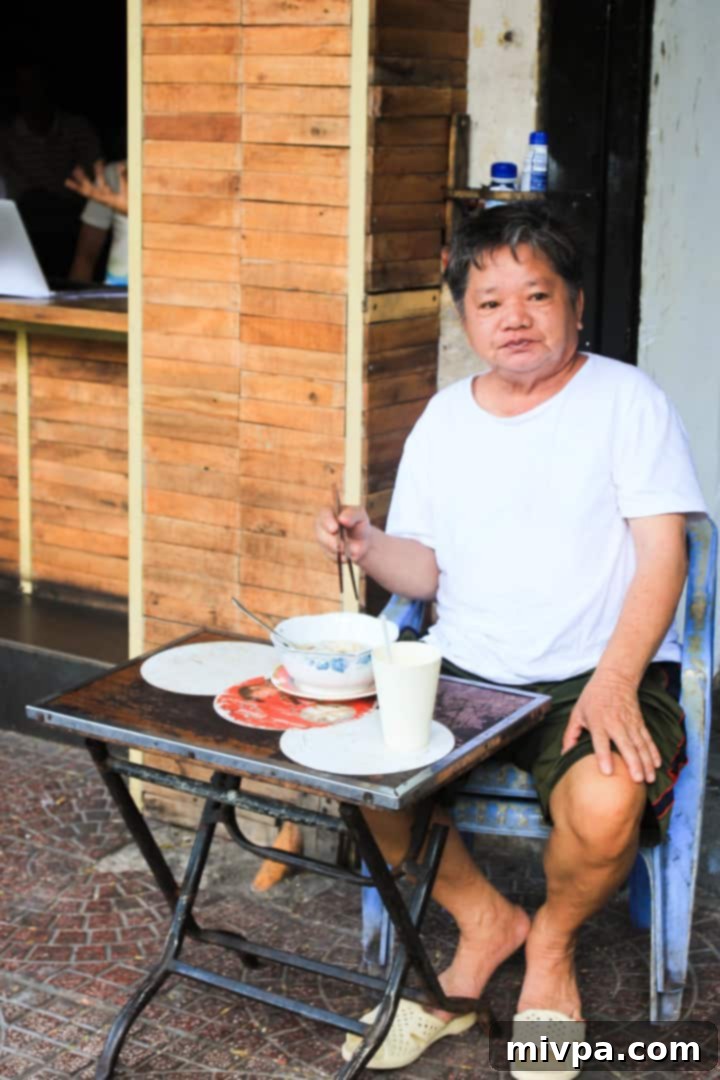
Indeed, Ho Chi Minh City seems to thrive on this vibrant, ceaseless energy of commerce. Every corner reveals hawkers proudly displaying their wares and goods, a testament to the entrepreneurial spirit of its inhabitants. At the iconic Ben Thanh Market, this spectacle of economic activity reaches its zenith. Here, countless vendors strive to earn their living, often selling remarkably similar products, with price becoming the sole, fiercely competitive differentiating factor. As we walked through the labyrinthine aisles, storekeepers would gently, then more insistently, tug at our arms, their attempts to reel us into their stalls constant. I instinctively flinched at the repeated invasion of personal space, a cultural norm very different from what I was accustomed to. They addressed us in a medley of languages, attempting to pinpoint our origin, desperately trying to make a sale. While initially jarring, I came to understand the underlying reasons for their aggressive approach: in such a densely competitive environment, there often appears to be no other way to stand out and make ends meet.
On our final day, before our flight back to Singapore, we took a leisurely walk through District 1, the bustling heart of the city where our A&EM Corner Hotel was located. Armed with my camera and a zoom lens, I hoped to capture the essence of Vietnam, to gather visual souvenirs that would forever encapsulate this extraordinary trip. I snapped photographs here and there, sometimes politely asking for permission from locals who readily offered a smile, and other times capturing candid moments from a respectful distance. Each photograph was an attempt to freeze a memory, to distill the complex tapestry of sights, sounds, and emotions that had defined our journey through this dynamic city. From the grand colonial architecture to the humble street scenes, every image served as a tangible link to our fleeting yet deeply impactful experience.
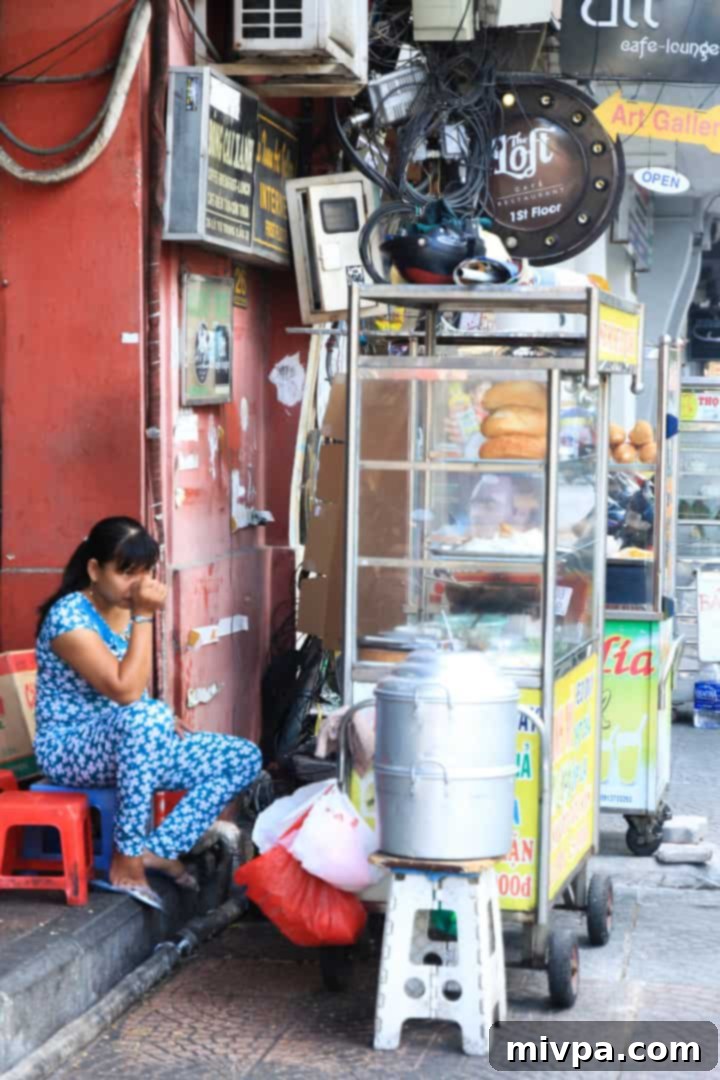
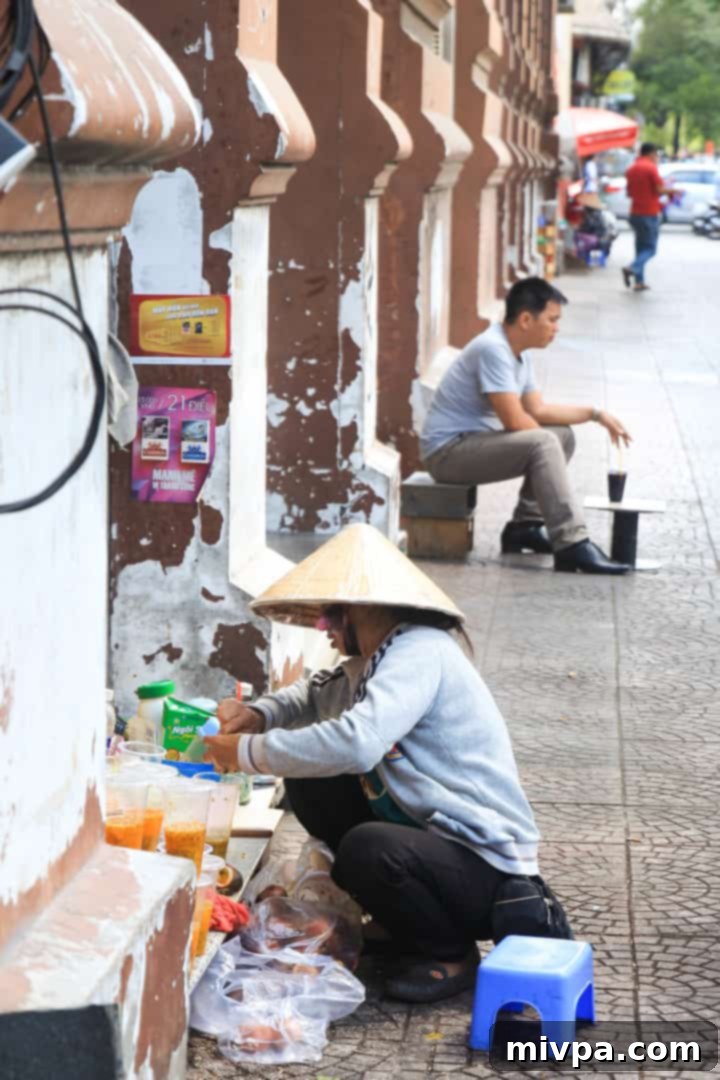
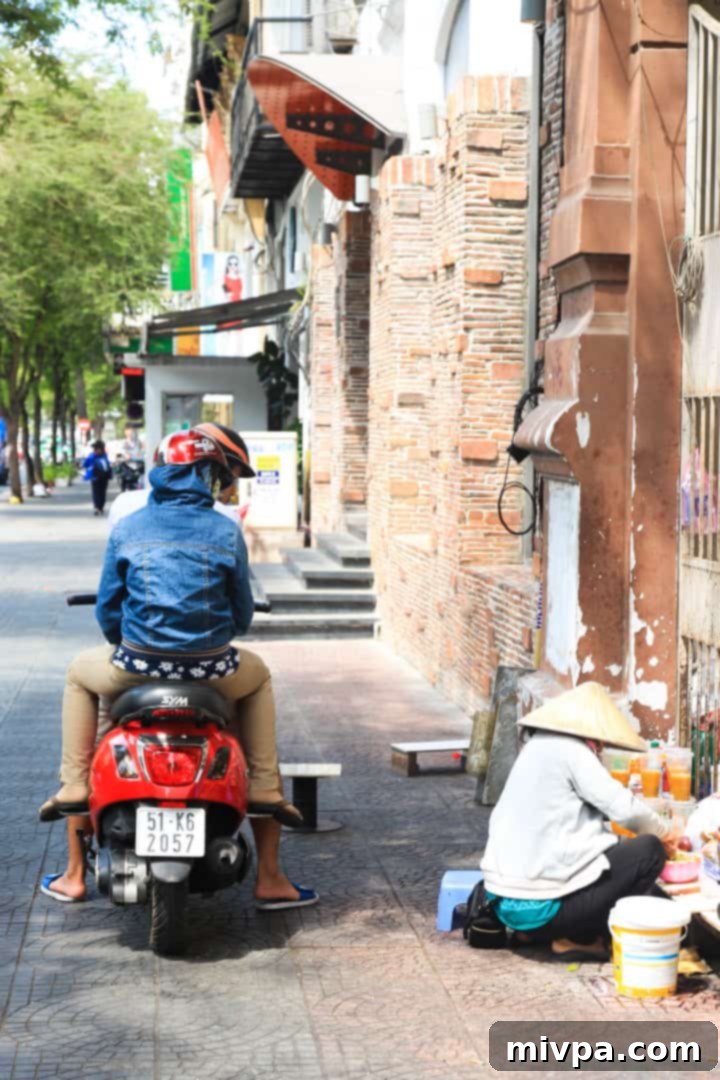
There’s a palpable sense that, in many ways, Vietnam remains deeply rooted in its past, offering glimpses of what Singapore might have looked like in the 1980s. The country often feels like an old, cherished sepia photograph, its vibrant colors having gently faded over time, yet retaining an undeniable charm. It’s a nation that, despite its profound history and cultural richness, appears to be grappling with the immense challenge of injecting new color and keeping pace with the rapid advancements of the 21st century. This observation isn’t a judgment, but rather a reflection on the visible signs of a country in transition, striving for modernity while holding onto its unique identity. It leaves me pondering the trajectory of Vietnam’s development, wondering what profound transformations the next few decades will bring. The experience has undeniably ignited a deeper curiosity within me. I am certain I would like to return, next time to explore the distinct landscapes and cultures of the North. Perhaps, someday in the not-too-distant future, another journey will unfold.
